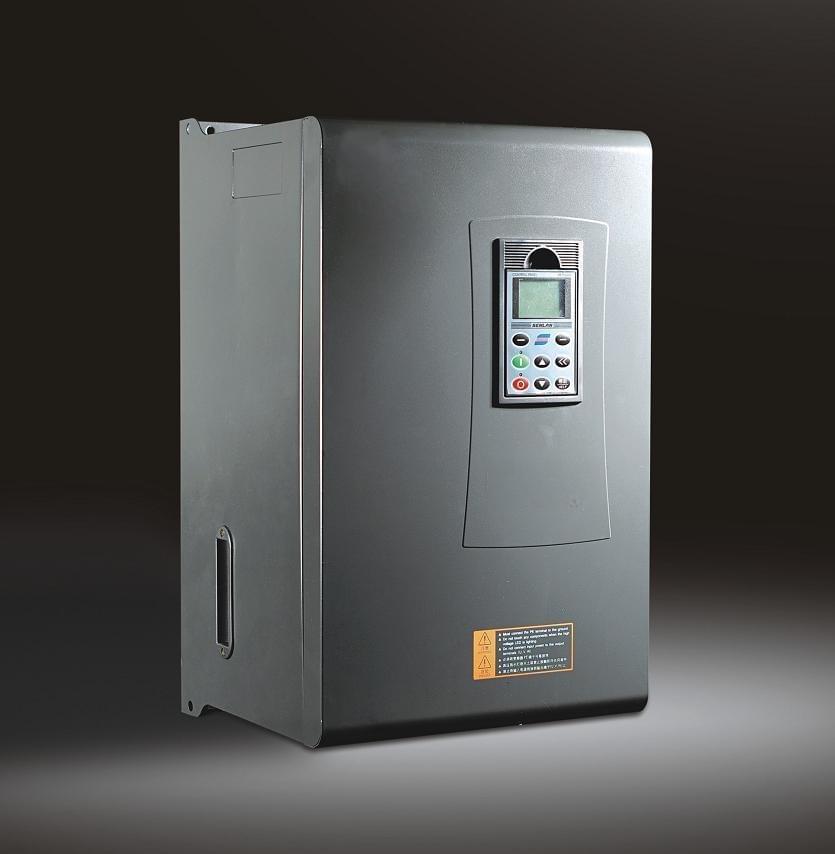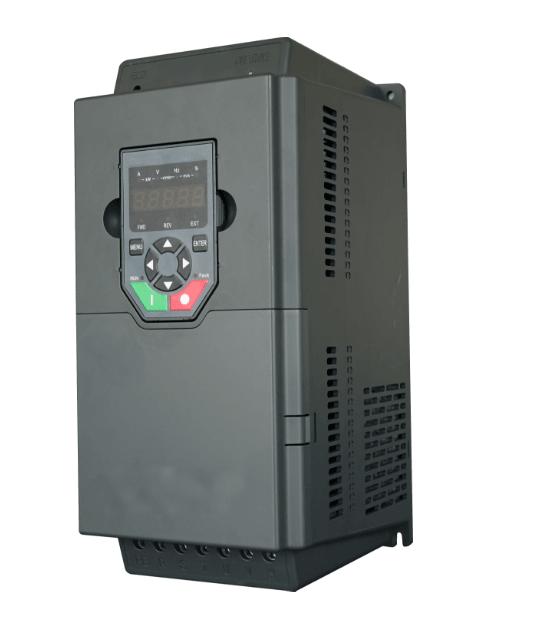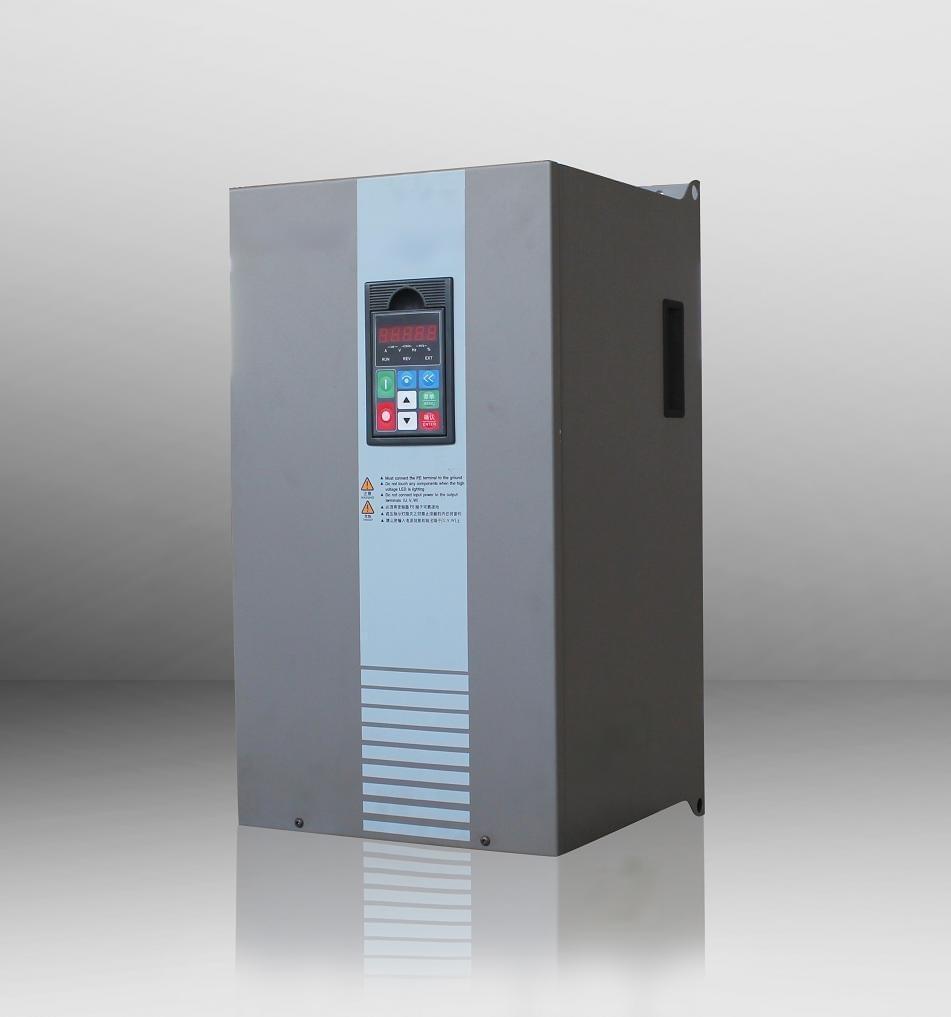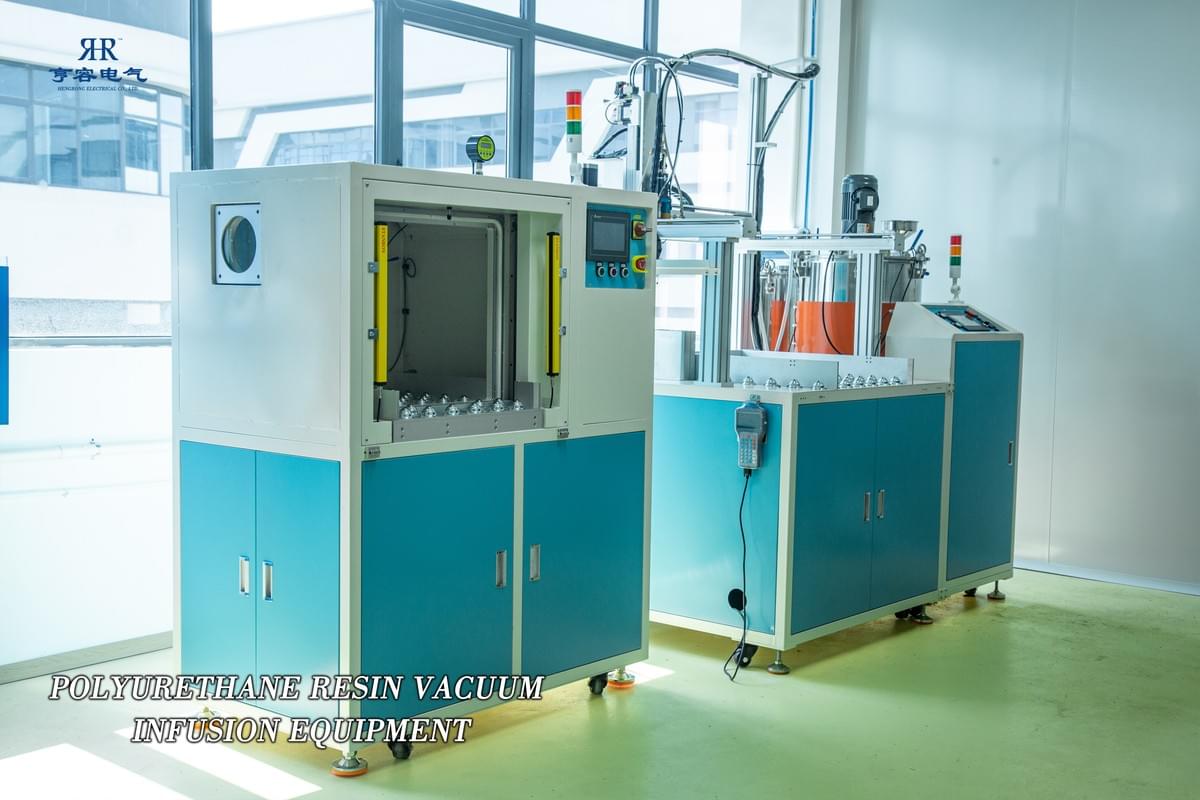In modern industrial drive systems, frequency converters, as core control equipment, have become a "powerful tool" for achieving energy-efficient speed regulation and precise control of motors. From workshop production lines to municipal water supply systems, from CNC machine tools to environmental protection equipment, frequency converters are everywhere. However, behind the widespread application of frequency converters, issues such as harmonic interference, load mismatch, and overheating often trouble maintenance personnel, affecting system stability and equipment lifespan. This article will focus on the core technologies of frequency converters, starting from speed regulation principles, and provide professional solutions for typical problems in frequency converter operation, helping enterprises maximize the effectiveness of frequency converters.

I. Core Principles of Frequency Converter Speed Regulation: The Mystery of Power Conversion and Precise Control
A frequency converter (Variable-frequency Drive, VFD) is essentially a power electronic conversion device that adjusts motor speed by changing the frequency of the motor's power supply. Its core working principle can be summarized as "three-step power conversion + intelligent control": first, converting industrial frequency alternating current to direct current through a rectifier circuit, then stabilizing the DC voltage through a smoothing circuit (capacitor or inductor), and finally inverting the DC back to alternating current with adjustable frequency and voltage through an inverter circuit to drive the motor.
1.1 The "Heart" of the Frequency Converter: Synergistic Work of Main Circuit and Control Circuit
The main circuit of the frequency converter consists of a rectifier, a smoothing circuit, and an inverter, responsible for power conversion and transmission; the control circuit is the "brain" of the frequency converter, including an arithmetic circuit, a detection circuit, a drive circuit, and a protection circuit.
- The arithmetic circuit calculates the output frequency based on the set speed and feedback signals;
- The detection circuit monitors voltage, current, and temperature in real-time;
- The drive circuit provides switching signals for power devices such as IGBTs;
- The protection circuit immediately cuts off the output in case of abnormalities such as overcurrent or overvoltage to ensure the safety of the frequency converter and motor.
This structure endows the frequency converter with multiple advantages: enabling soft start of the motor to avoid starting inrush current; achieving 0.1% level speed regulation accuracy through vector control or direct torque control technology; improving the power factor to above 0.9, thereby reducing reactive power loss. It is these characteristics that make frequency converters indispensable in energy-saving transformations and automation upgrades.
II. Frequency Converter Harmonic Interference: Cause Analysis and Comprehensive Control Solutions
Harmonics generated during frequency converter operation are the most common "persistent problem". Due to the use of nonlinear devices in rectification and inversion links, a large number of high-order harmonics (mainly 5th, 7th, 11th, etc.) are injected into the power grid, causing problems such as motor heating, grid voltage distortion, and instrument measurement errors. For frequency converters without harmonic suppression measures, the input current total harmonic distortion (THD) can reach 30%~50%, seriously affecting the safety of the power system.
2.1 Four Key Harmonic Suppression Technologies for Frequency Converters
Transformer Selection Optimization: Choose transformers with larger short-circuit impedance (≥4%), using their internal resistance to buffer harmonic currents and reduce the risk of harmonic amplification.
Reactor Configuration Strategy:
- Connecting an AC reactor in series on the input side of the frequency converter can suppress more than 50% of harmonic currents and improve three-phase imbalance;
- DC reactors are suitable for frequency converters above 30kW to further reduce input harmonics;
- Output reactors can reduce overvoltage caused by the distributed capacitance of motor cables, protecting motor insulation.
Multi-pulse Rectification Technology: By increasing the number of rectification pulses to 12 or 18 through a dedicated transformer, the harmonic distortion rate can be reduced to below 15% (12-pulse) or 8% (18-pulse), which is suitable for scenarios with strict harmonic requirements.
Active Filter Application: Real-time detection of frequency converter harmonic currents and generation of reverse compensation currents, with a total harmonic control efficiency of over 95%, especially suitable for workshops with multiple frequency converters operating centrally.

III. Frequency Converter Load Matching: Selection and Parameter Setting Under Different Working Conditions
The degree of matching between the frequency converter and the load directly affects operational efficiency and stability. Industrial loads are mainly divided into three categories: constant torque, quadratic law, and constant power, requiring targeted selection of frequency converter types and parameter optimization.
3.1 Adaptation Schemes for Frequency Converters and Three Load Types
Constant Torque Load Adaptation:
Loads such as conveyors and mixers require the frequency converter to output constant torque over the entire speed range.
- When selecting, choose a frequency converter with a starting torque ≥150% of the rated torque and an overload capacity of 150% for 60s;
- Potential energy loads (such as cranes) need frequency converters with a four-quadrant operation function to achieve energy feedback and rapid forward-reverse rotation.
Quadratic Law Load Optimization:
For loads such as fans and pumps where torque is proportional to the square of speed, frequency converter selection should focus on economy and reliability.
- Set skip frequencies to avoid system resonance points;
- Limit the minimum operating frequency to prevent pump pressure buildup;
- Enable the "power-off deceleration stop" function to avoid water hammer effects.
Note: For such loads, do not increase the frequency above industrial frequency; otherwise, the power will increase sharply, leading to overload.
Constant Power Load Regulation:
Loads such as machine tool spindles need to maintain constant power at high speeds.
- The frequency converter should adopt the "constant torque below base frequency + constant power above base frequency" speed regulation mode;
- Select a vector control frequency converter with fast dynamic response;
- Enable the torque compensation function at low speeds.

IV. Frequency Converter Heating Issues: Heat Dissipation Design and Lifespan Extension Tips
During frequency converter operation, power devices generate a lot of heat. For every 10℃ increase in ambient temperature, the lifespan of the frequency converter is halved. Therefore, heat dissipation design is crucial to ensure long-term stable operation of the frequency converter.
4.1 Four Optimization Measures for Frequency Converter Heat Dissipation Systems
Cabinet Heat Dissipation Design:
- Installing the frequency converter heat sink outside the cabinet can dissipate 70% of the heat;
- Large-size frequency converters adopt independent air ducts to avoid sharing cooling air paths with other equipment;
- Braking resistors are installed separately, away from the main body of the frequency converter.
Fan Configuration and Maintenance:
- Install dust filters in the air inlets of control cabinets (cleaned monthly);
- The air volume of outlet fans should meet the standard of "frequency converter power (kW) × 15m³/h";
- Regularly check the built-in fans of the frequency converter and cabinet fans, and replace them immediately if abnormal noise is found.
Ambient Temperature Control:
The optimal operating temperature for frequency converters is 15℃~25℃. Industrial air conditioning is required in high-temperature environments to avoid direct sunlight and proximity to heat sources (such as motors, heaters).
- Parameter and Installation Optimization:
- Install the frequency converter vertically to ensure smooth ventilation of the heat sink; horizontal installation will reduce heat dissipation efficiency by 30%;
- When the ambient temperature exceeds 40℃, derate the frequency converter by 5%~10% for every 5℃ increase;
- Appropriately reducing the switching frequency (e.g., from 10kHz to 6kHz) can reduce heat generation by 20%.
V. Frequency Converter Operation and Maintenance Upgrade: Intelligent Monitoring and Preventive Maintenance
With the development of industrial intelligence, modern frequency converters have self-diagnosis and self-adaptation functions. Through built-in sensors, they monitor harmonic levels, load currents, and temperatures in real-time, and automatically adjust parameters such as carrier frequency and torque compensation.
Enterprises are advised to use the communication function of frequency converters to connect to industrial Internet platforms, realizing remote monitoring, fault early warning, and data analysis, thus transforming passive maintenance into preventive maintenance.
Key points for regular maintenance:
- Clean dust from the frequency converter heat sink (quarterly);
- Check capacitors for bulging or leakage;
- Test cooling fan speeds;
- Verify that protection functions are normal.
These measures can extend the mean time between failures (MTBF) of the frequency converter to more than 50,000 hours.
Conclusion: Utilizing Frequency Converter Efficiency to Promote Efficient Industrial Operation
As core equipment for industrial energy conservation and automation, the stable operation of frequency converters relies on mastering their principles and accurately addressing problems. Through scientific harmonic control, optimized load matching, and enhanced heat dissipation design, enterprises can give full play to the energy-saving advantages of frequency converters (with a general energy-saving rate of 20%~40%), extend equipment lifespan, and reduce operation and maintenance costs.
In the future, with the application of wide-bandgap semiconductors, AI adaptive control, and other technologies, frequency converters will develop towards higher efficiency, higher reliability, and more intelligence, providing sustained impetus for industrial green and low-carbon transformation.

Hengrong Electric CO., LTD. offers VFD. Please feel free to leave a message for inquiries.
